This tsunami, triggered by a melting glacier in Greenland, is a sign of things to come.



“Traditional measures of chirality have struggled to identify the concentration of right-and left-handed molecules in samples containing almost equal amounts of both,” says physicist Nicola Mayer, from the Max Born Institute.
“With our new method, a tiny excess in the concentration of either mirror twin can be detected, possibly enough to make a life-changing difference.”
We’re not sure how chirality first emerged, but it may have originated from deep space, before going on to play a profound role in so many different aspects of life on Earth. Having instruments that can better detect chiral molecules would be a major step forward.
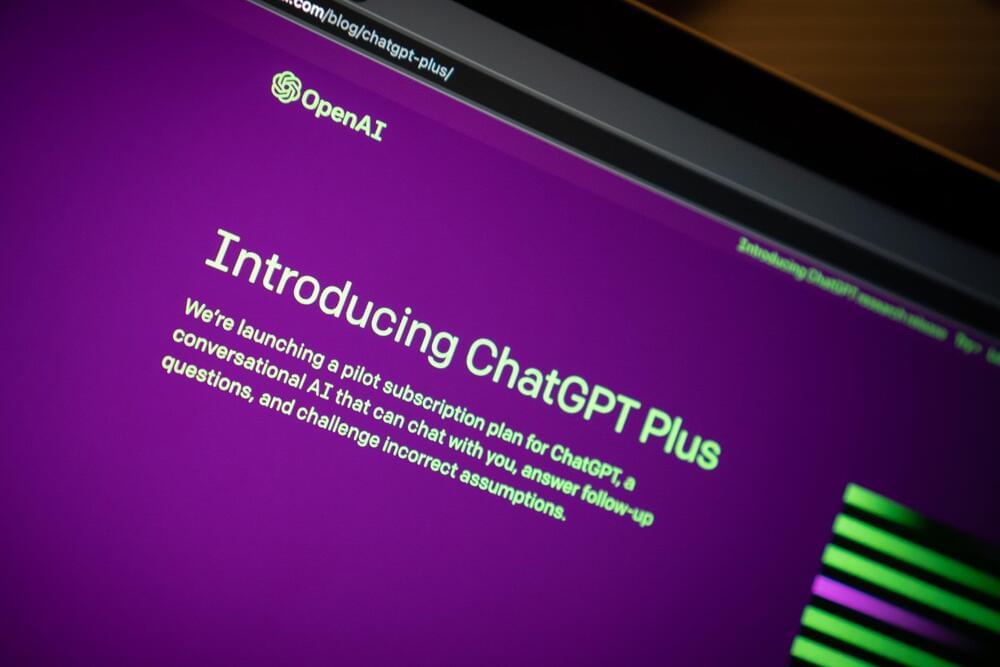
ChatGPT creator OpenAI on Thursday released a new series of artificial intelligence models designed to spend more time thinking—in hopes that generative AI chatbots provide more accurate and beneficial responses.
The new models, known as OpenAI o1-Preview, are designed to tackle complex tasks and solve more challenging problems in science, coding and mathematics, something that earlier models have been criticized for failing to provide consistently.
Unlike their predecessors, these models have been trained to refine their thinking processes, try different methods and recognize mistakes, before they deploy a final answer.

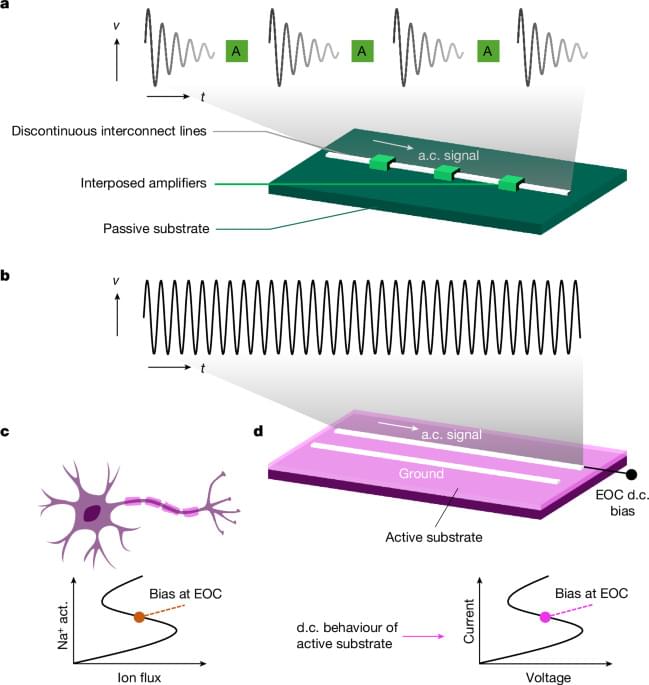
Dr. Tim Brown.
Taking…
Axon-mimicking Materials for Computing https://engineering.tamu.edu/news/2024/09/axon-mimicking-mat…uting.html.
Biology does things differently: some signals in the brain are also transmitted across centimeter distances, but through…
A method using semi-stable edge of chaos in LaCoO3 enables continuous signal amplification in metallic conductors without separate amplifiers, potentially revolutionizing electronic chip design.
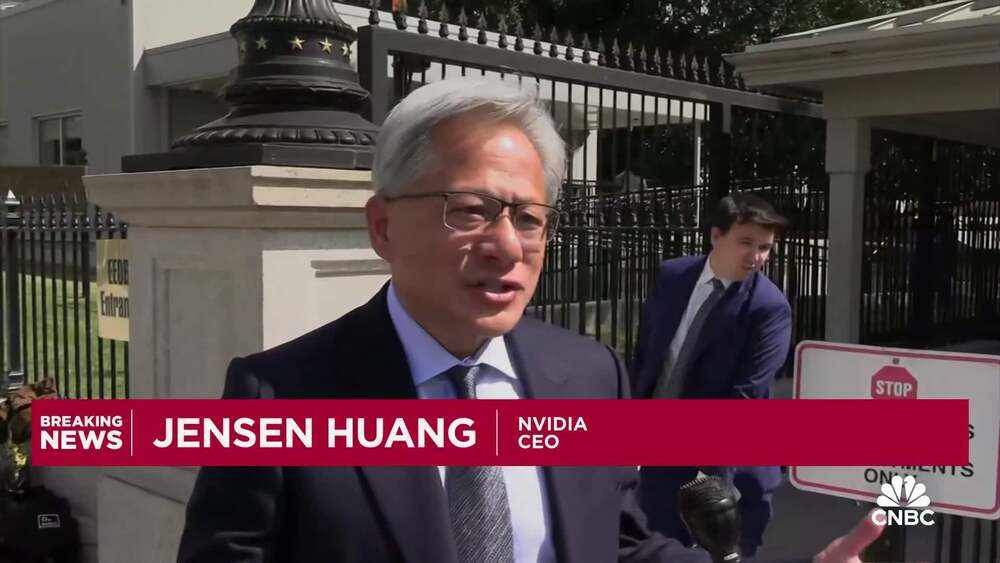
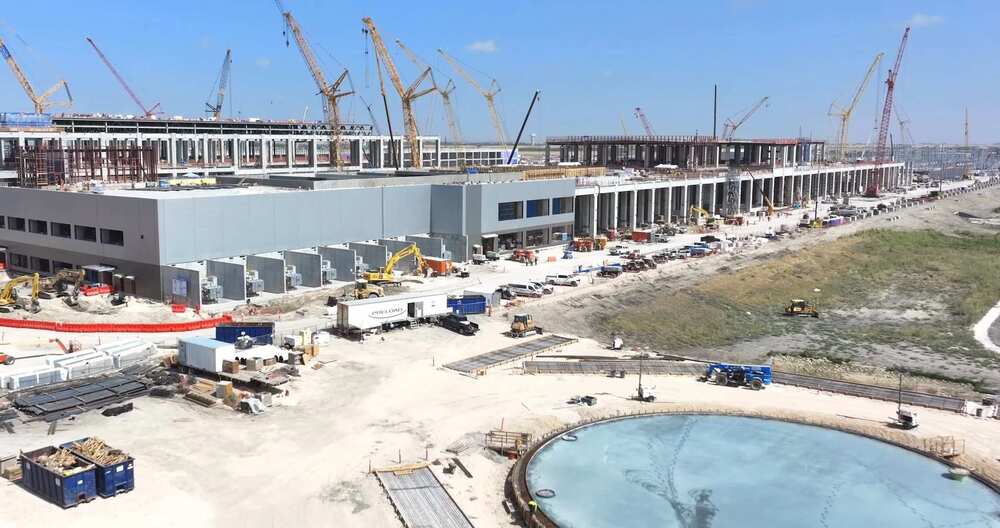
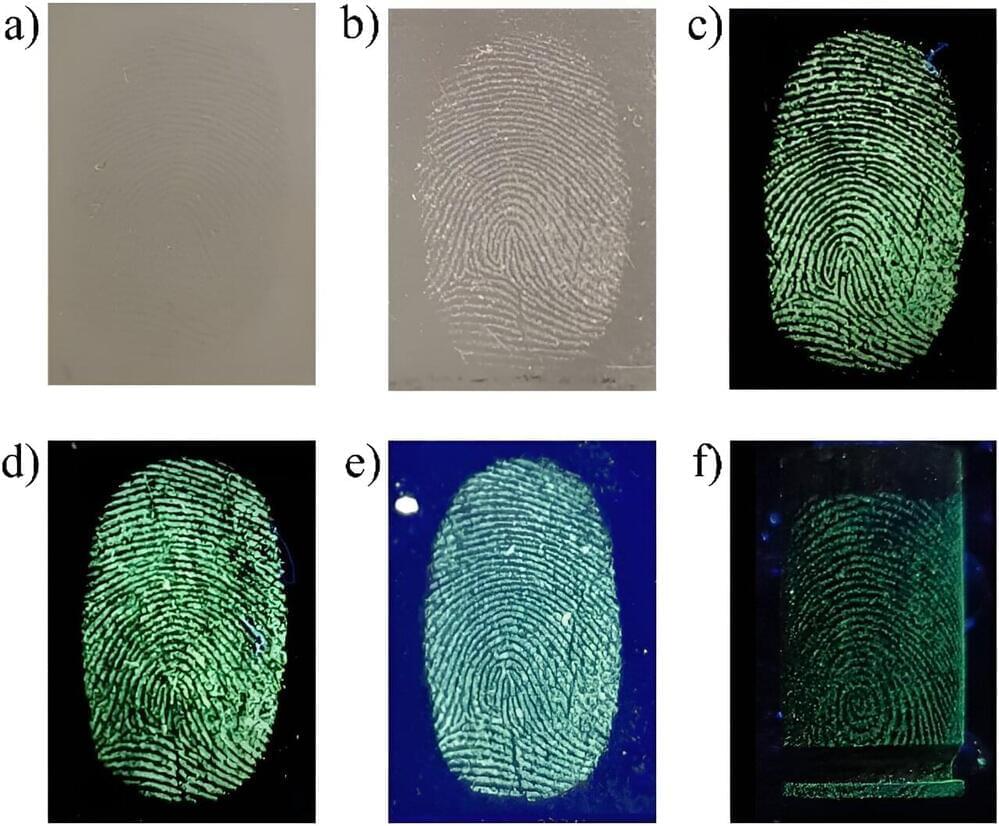
Latent fingerprints require physicochemical development techniques to enhance their visibility and make them interpretable for forensic purposes. Traditional methods for developing fingerprints include optical, physical, and chemical processes that involve interaction between the developing agent (often a colored or fluorescent reagent) and the fingerprint residue. These methods have limitations in recovering high-quality results in certain conditions.
Recently, new methods using mass spectrometry, spectroscopy, electrochemistry, and nanoparticles have improved the development of latent fingerprints. These techniques offer better contrast, sensitivity, and selectivity, with low toxicity. The ability to adjust nanomaterial properties further enhances the detection of both fresh and aged fingerprints.
Mesoporous silica nanoparticles (MSNs) have attracted significant interest since the discovery of the M41S family of molecular sieves, which encompasses MCM-41, MCM-48, and SBA-15. These nanoparticles are characterized by their controlled particle size, porosity, high specific surface area, chemical stability, and ease of surface functionalization.
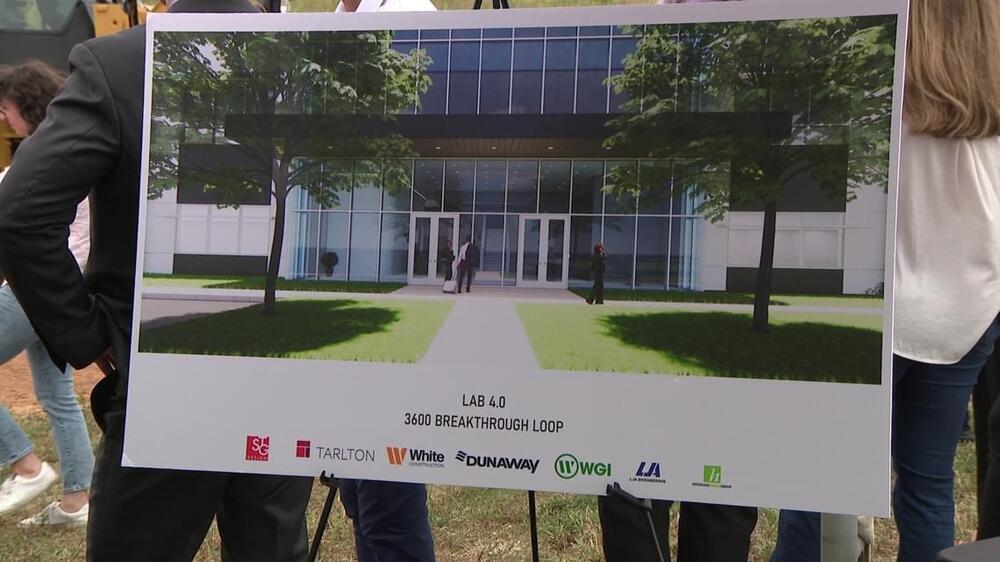
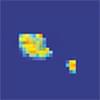
Phase separation, when molecules part like oil and water, works alongside oxygen diffusion to help memristors – electrical components that store information using electrical resistance – retain information even after the power is shut off, according to a University of Michigan led study published in Matter (“Thermodynamic origin of nonvolatility in resistive memory”).
Up to this point, explanations have not fully grasped how memristors retain information without a power source, known as nonvolatile memory, because models and experiments do not match up.
“While experiments have shown devices can retain information for over 10 years, the models used in the community show that information can only be retained for a few hours,” said Jingxian Li, U-M doctoral graduate of materials science and engineering and first author of the study.